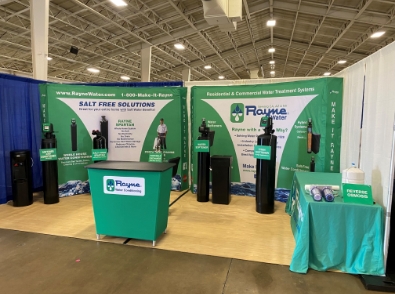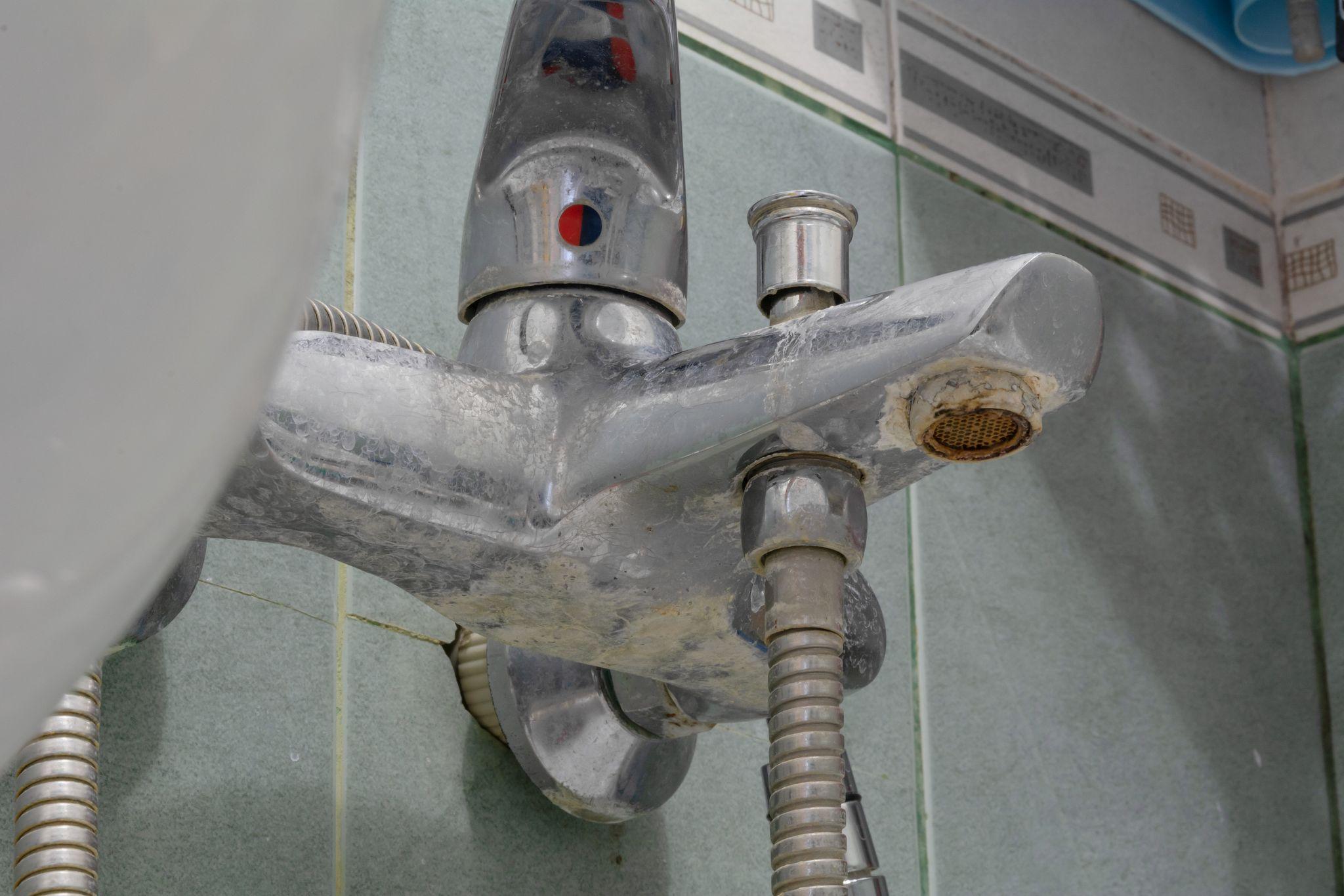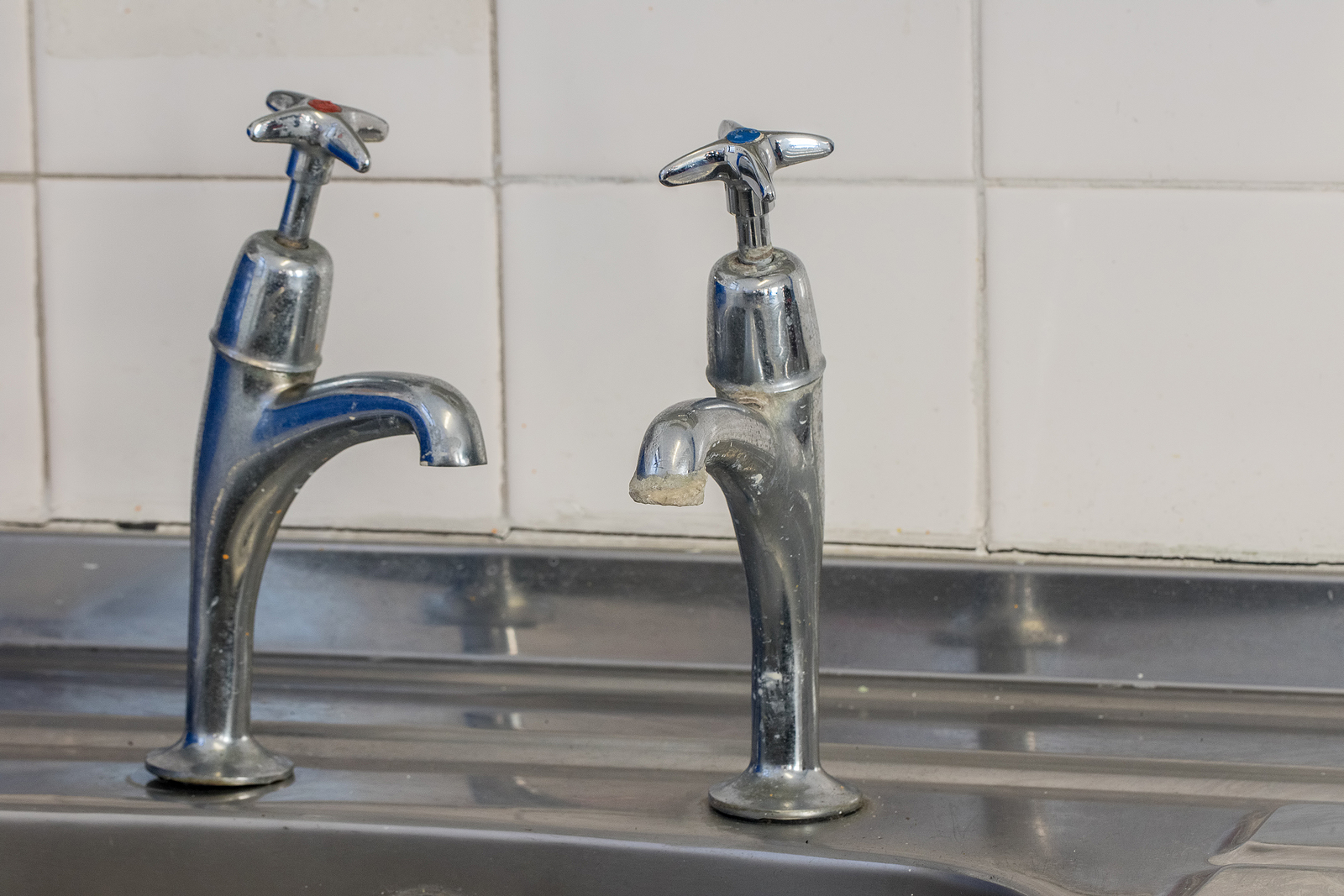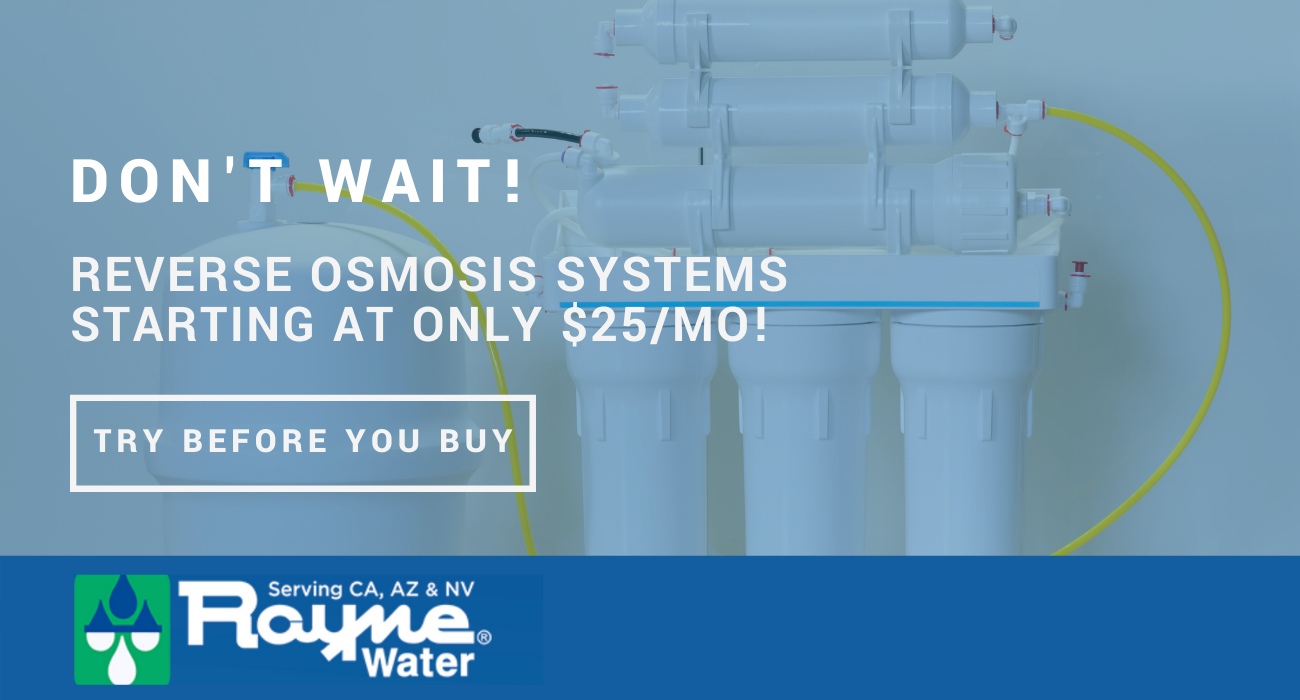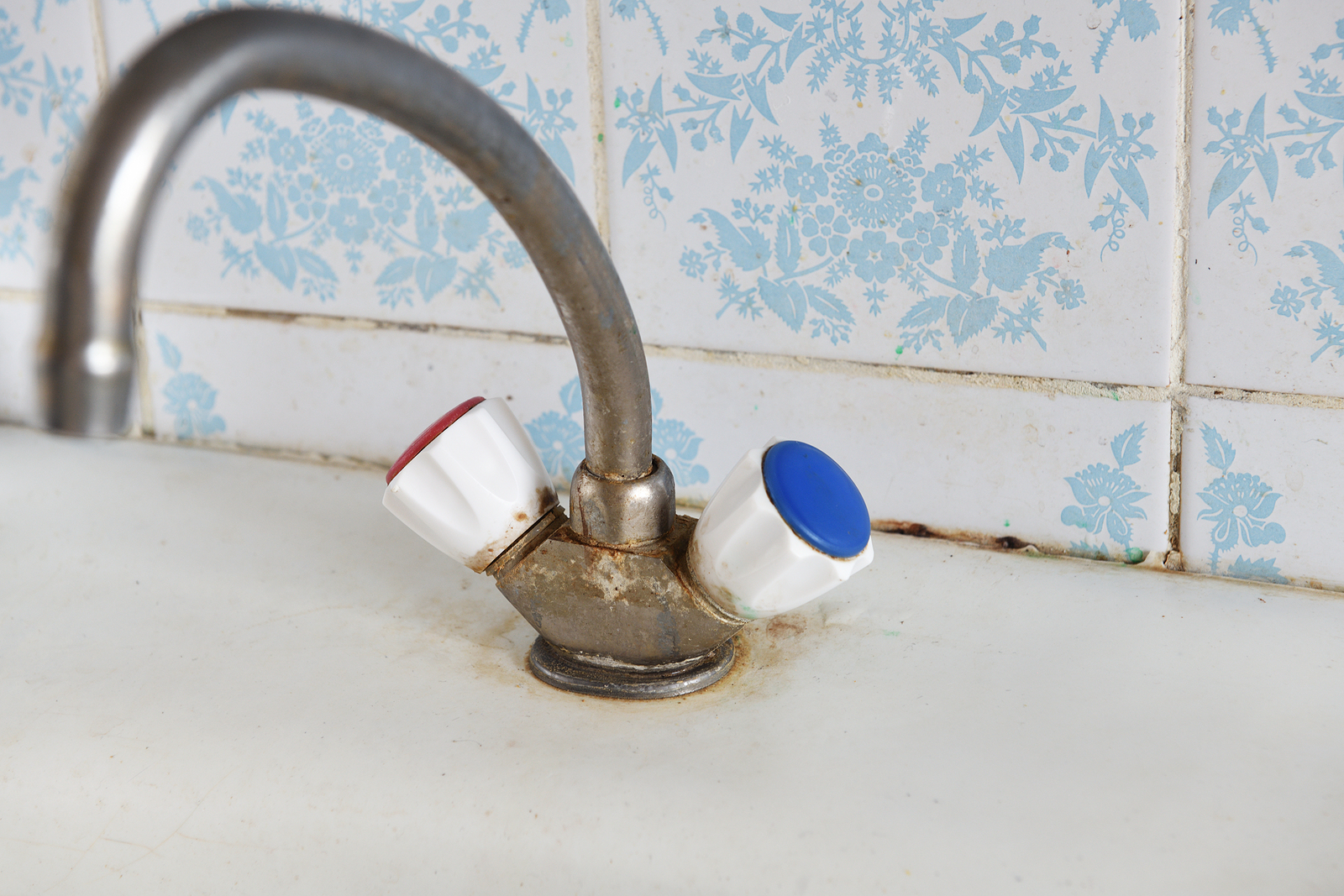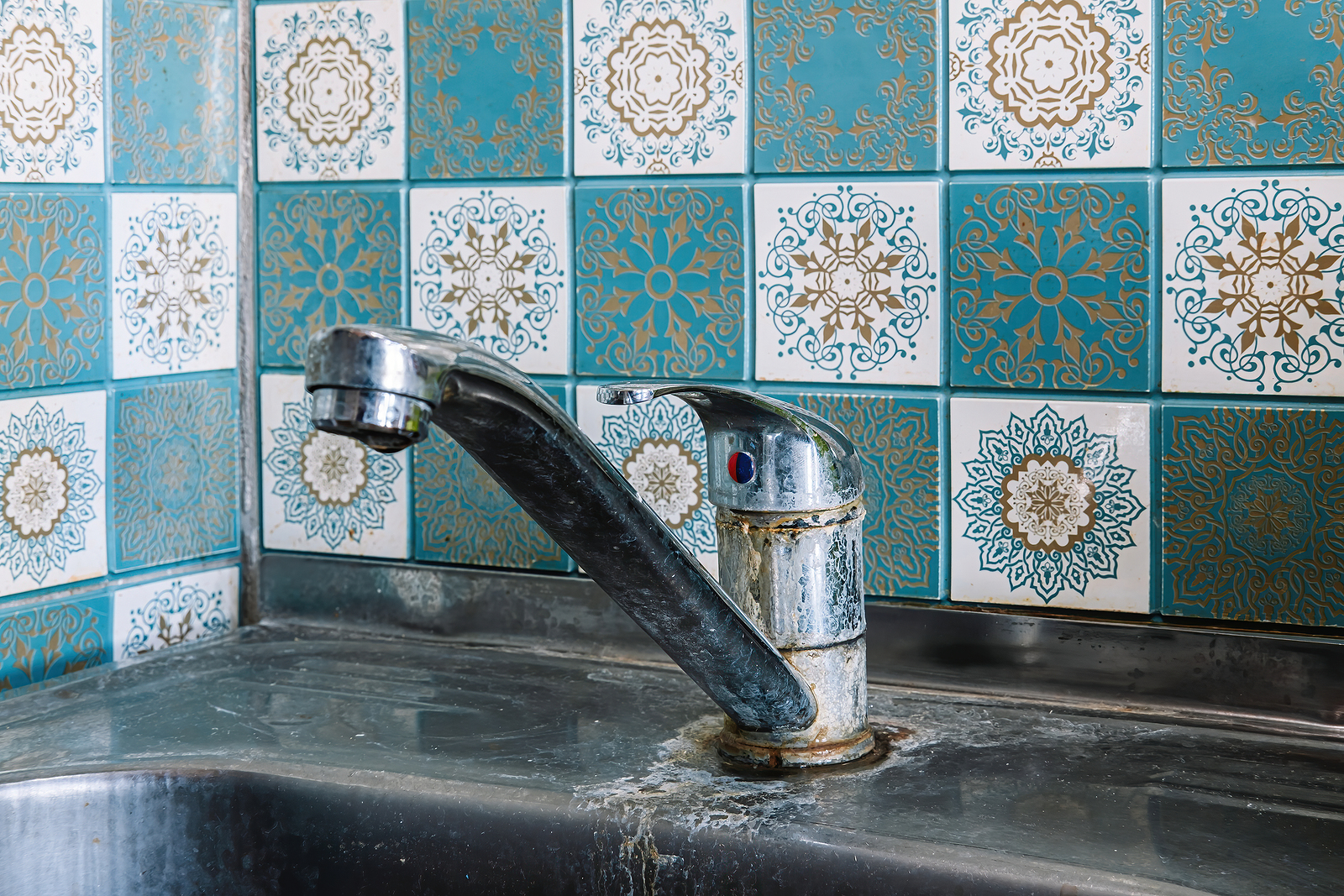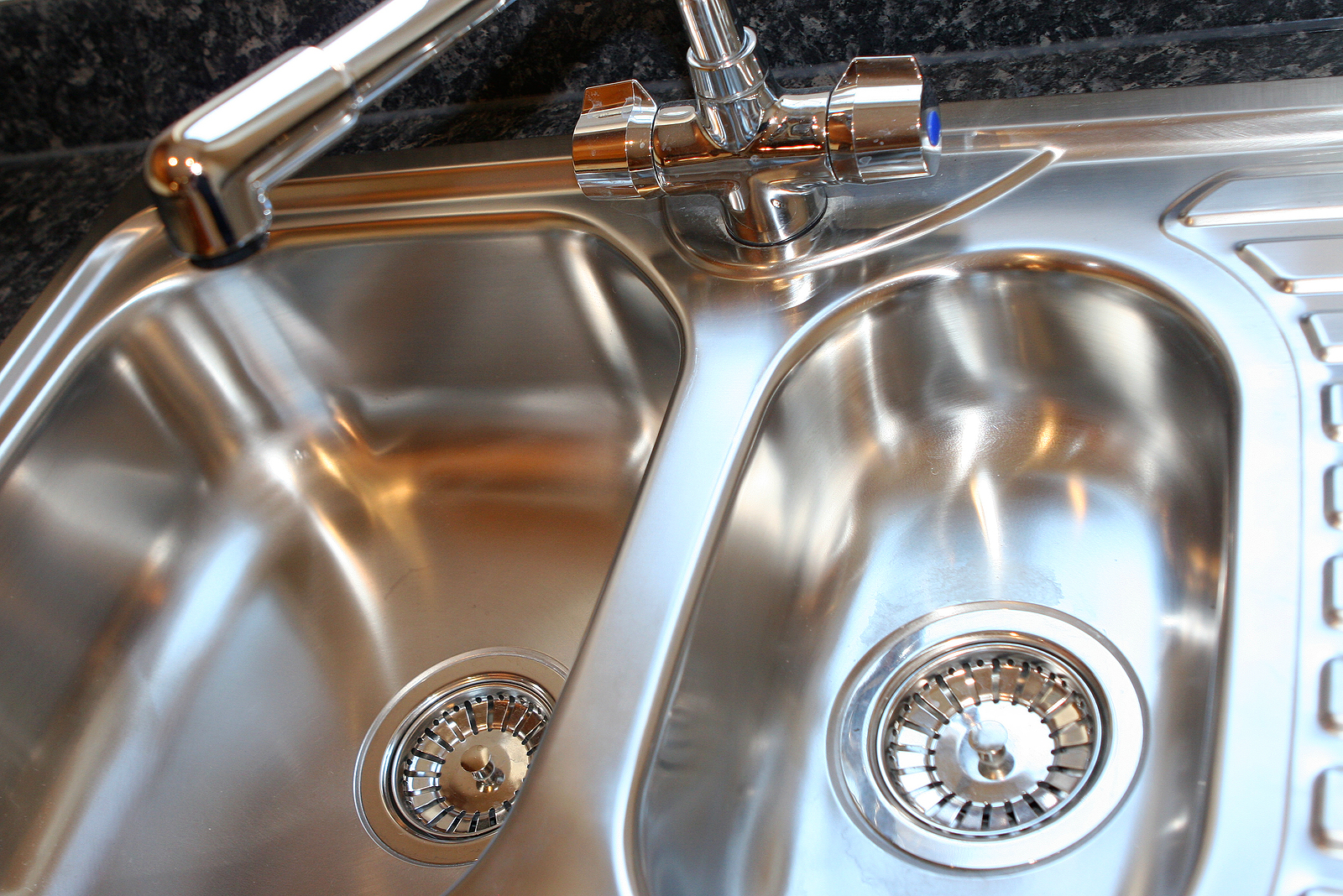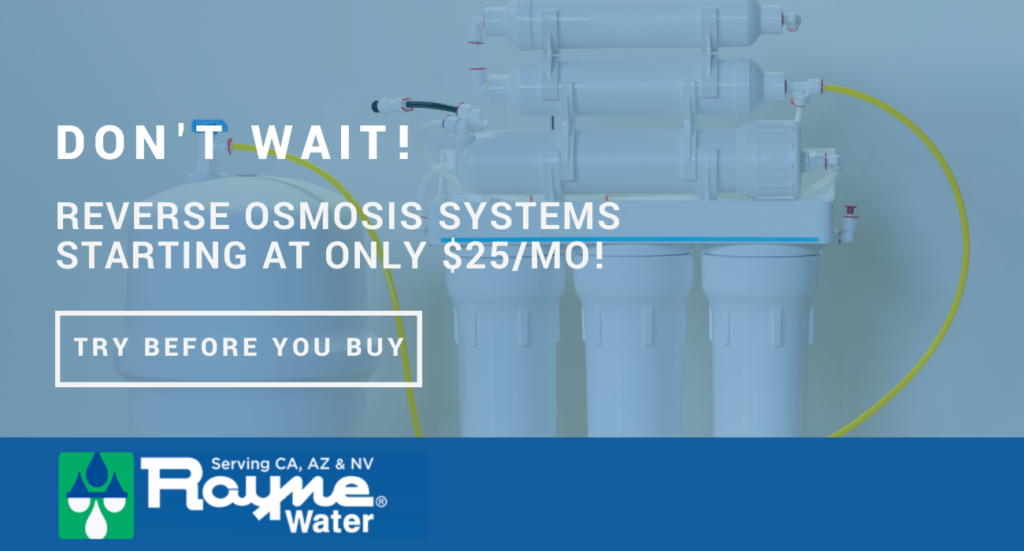Picture a warm, sunny, summer day. You want to take advantage of the gorgeous weather and decide your car desperately needs a bath. You lug the bucket, rags, and hose out to your driveway and spend an hour cleaning your car until it sparkles. The next morning, you look outside and your formerly spotless car is now anything but .
It didn’t rain overnight, so what happened?
The likely answer is you washed your car with hard water that left spots once the car dried. This is where water softening solutions for your home come in handy.
It can be tricky to get rid of hard water spots once they form. You’ll need distilled water, white distilled vinegar, microfiber cloths, and a lot of patience. In this blog, we cover how to get hard water spots off car with a vinegar solution, why you must remove them, and how to prevent them from forming.
Step #1: Wash Your Car… Even if it’s Already Clean
We know—you’re probably thinking why do I need to do this again ? It might be a bit of a hassle but will make the final results shine. One of the reasons you’re seeing spots could be because you didn’t dry your car properly after the initial wash. Furthermore, it’s always best to start any project with a clean canvas.
You’ll need the following materials for a solid, effective wash:
- 2–3 buckets
- Your favorite car shampoo
- Water
- Cleaning cloths
- Microfiber towels for drying
Once you’ve assembled your materials, you’re ready to rewash your car. Make sure that you’re using different buckets for the wheels and the body of the car. Scrub the visible water spots carefully and you may be able to remove many of them. Those that can’t be removed this way will be handled with the vinegar solution you’ll apply in step four.
What Causes Hard Water Spots On Cars?
Before we move on to drying your car, let’s take a quick moment to talk about those water spots. What are they, exactly?
The term hard water simply means water that has higher levels of minerals in it.1 Typically, magnesium and calcium are the minerals that leave behind residue. If the water spots appear after you wash your car (and it didn’t rain), the cause is likely your water. If you have hard water, you’ll find white buildup on your kitchen utensils, faucets, and yes, your car.
These minerals in your water aren’t harmful to humans, but they can cause your things to break down more quickly—this includes the car paint. So, if you’re using the water from your home to clean your car, you’ll be left with white blotches after the water evaporates and leaves behind mineral traces.
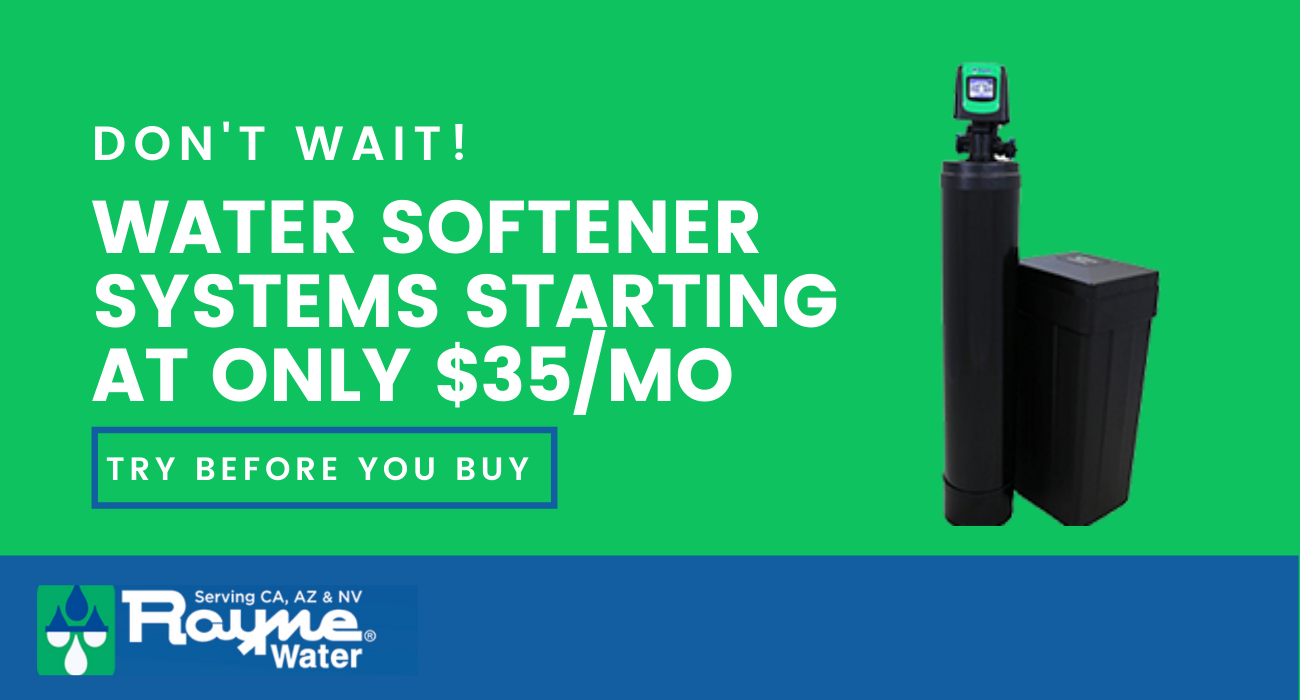
Step #2: Dry Your Car Thoroughly
Not all of the spots on your car are necessarily from hard water. Some may be the result of not drying the car’s surface correctly after washing. If you don’t use a microfiber cloth, you’ll leave swirl marks on the car or even damage the car paint.2
You should start with the roof and work your way down. As the cloth becomes saturated, you’ll need to wring it out or switch to a new, dry towel. This step is tedious but will help eliminate some of the pesky spots that appear when you allow your car to air-dry.
Step #3: Mix a Water and Vinegar Solution
Once your car is dry, take a step back and look for hard water spots. You’ll target these spots with your vinegar and water solution.3 To make the solution, you’ll need:
- A clean, empty spray bottle
- Distilled white vinegar
- Distilled water
Mix equal parts of the distilled vinegar and water in the spray bottle and shake it. Now you have a spot-removing solution. This is also the same solution to use on how to clean stainless sink hard water stains.
Step #4: Apply Vinegar Solution on Spots
Next, you’ll spray the vinegar mix onto the areas where you see hard water spots. This might take a while because you can only cover a small area at a time. After you spray, leave the solution on for 60 seconds.
Step #5: Rinse Off the Vinegar Solution
Then, you’ll need to rinse the solution off. Don’t wipe as this may create streaks. We suggest having a bucket of clean, distilled water handy. You can use a small cup to get water from the bucket and pour it over the area you sprayed with the vinegar solution.
Step #6: Dry Carefully
After you’ve thoroughly rinsed the solution from the car, you can dry the area with another microfiber towel.
Then, you’ll repeat steps three through six for the remaining places on your car that you see hard water spots.
Step #7: Wax Your Car
Once you’ve completed the spot-removal process, you need to wax your car to protect the paint job from the elements. Vinegar removes existing wax so don’t skip this step or your hard work will go to waste.
Alternative Methods to Remove Hard Water Spots
A vinegar solution isn’t the only way to remove hard water spots from your vehicle. There are several products on the market that work with varying levels of effectiveness. Some of the most commonly used include:
- Detailing clay – This handy product looks like silly putty and can be used in conjunction with the vinegar solution or on its own for smaller jobs. It picks up microscopic particles from your car’s paint, leaving behind a clean car’s surface.
- Spot removal products – There are many products on the market that promise to remove hard water spots from your car. Make sure you wear gloves when using these products as they tend to contain chemicals that can irritate your skin.
- Buffing – Another easy method to try is to buff away the water marks with a microfiber cloth. This method is simple but might leave some streaks behind.
As you can see there is no one right method for hard water spot removal. It depends on your preference and the severity of spotting on your car.
Why Do You Need to Remove Hard Water Spots?
It’s important to find a method that you like because hard water marks can damage your car if they aren’t removed. The minerals left behind can soak into the surface of your car’s clear coat on top of the paint. Eventually, this leads to a problem called etching which occurs in several steps, including:
- Small, concave marks develop in the paint
- Over time, when water hits your car, it goes into the same little holes
- This makes these craters get bigger
- Permanent paint damage results
When the paint on your car is damaged, the metal base is exposed. This leaves it open for rust and decay which will reduce the value of your vehicle and can cost you a hefty sum in major repairs. It’s far less costly to spend a few hours removing hard water spots than it is to have your entire car repainted.
Can You Prevent Hard Water Spots?
It would be difficult to eliminate the risk of hard water spots on your car entirely—rain, errant sprinklers, and more can contribute to spotting. However, there are a few things you can do to prevent the majority of hard water spots. These include:
- Use only distilled water to wash – Distilled water is the steam collected from boiling water that has been cooled.4 The distilling process removes nearly all of the minerals from the water meaning you won’t have the spotty traces leftover on your car after cleaning it.
- Always dry your car properly – As we covered above, leaving water on your car after washing it can result in spotting. When you dry the car with microfiber towels from top to bottom, you eliminate the water, lessening the chance of mineral deposits pooling and damaging your paint.
- Don’t skip the wax – Waxing your car after it’s dry puts a protective sealant over the paint. This will keep pesky spots from appearing and, as a bonus, also protects your car better from other damage such as rain, dirt, insects, and pollutants.
- Keep it in the garage – If possible, store your car in your garage to keep water spots from developing when it rains.
- Invest in your home’s water quality – If your home has a hard water problem, it might be time to consider remedying it with a water softener or another water conditioning system. This will ensure that you don’t have hard water spots on your car due to the water coming from your hose.
While it’s impossible to prevent hard water spots completely, these actions will help lessen the impact on your vehicle.
Save Time and Energy with Rayne Water
The process to remove hard water stains from your car is time-consuming and frustrating. However, if not done properly, you risk damaging your car’s paint job. Instead of making more work for yourself, prevent hard water stains with one of our water softening solutions.
Rayne Water has been in business since 1928 and we now serve California, Arizona, and Nevada residents. Contact us today to learn more about how we can help you enjoy better water. Next time you wash your car, you can look outside the next morning with confidence that that shine will still be there.
Sources:
- Penn State Extension. Hard Water and Water Softening. https://extension.psu.edu/hard-water-and-water-softening
- The Drive. How to Dry Your Car the Right Way. https://www.thedrive.com/cleaning-detailing/29839/best-way-to-dry-a-car
- The Vehicle Lab. How to Remove Water Spots on Your Car: Types Explained https://www.thevehiclelab.com/water-spot-removal/
- WebMD. Distilled Water. https://www.webmd.com/diet/distilled-water-overview#1

